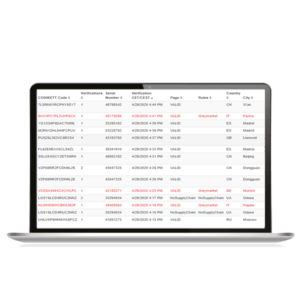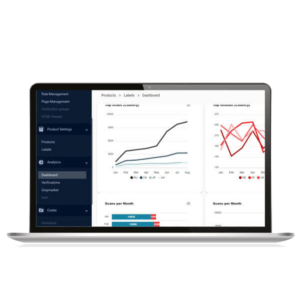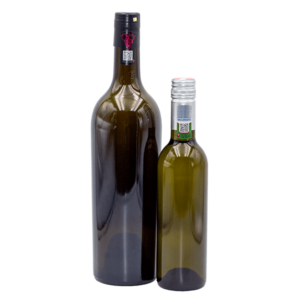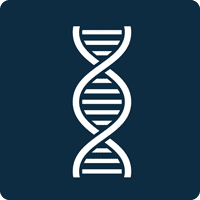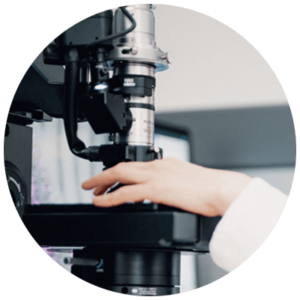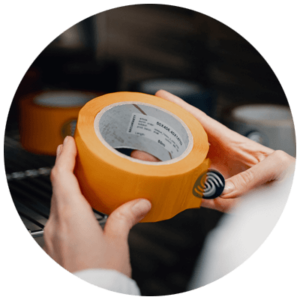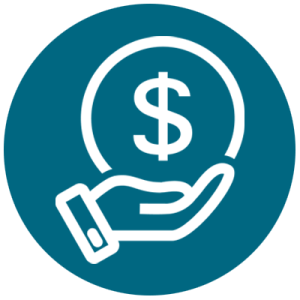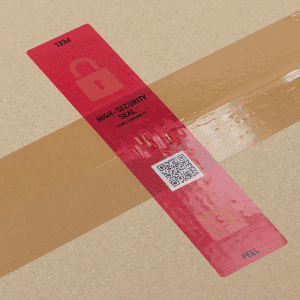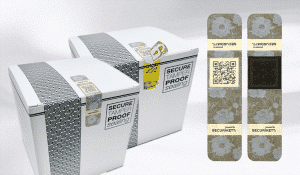Münchendorf, November 2023
Between regulation and innovation – ways to combat falsified medicines
The implementation of the “Falsified Medicines Directive” in Europe has created an enormous amount of work for pharmaceutical manufacturers. The hurdles for counterfeiters have increased as a result. However, in order to be fully effective, consumers and users must be openly involved in digital communication. Dr. Marietta Ulrich-Horn, Managing Director of SECURIKETT, comments on this.
FMD – the “Falsified Medicines Directive”
EU Directive 2011/62/EU became a delegated act in 2015 and was subsequently implemented throughout Europe. It applies to all prescription medicines placed on the market in the EU.
The key points are the marking of each package with a unique 2D code and the tamper-evident closure. Overall, these measures should lead to a type of safety packaging, to be checked by the pharmacist or the dispensing body.
The concept of the underage patient
While all 2D codes are diligently checked and validated in pharmacies, the patient is left out in the cold. They have no access to the digital verification system and no effort is made to explain the tamper-proof seal to them.
The fact that adhesives and labels are often used here that are not secure at all, because any counterfeiter can easily copy them, must be viewed critically. This was not what was meant in the original text of the FMD. After all, the directive would have referred to “safety features”, which ideally should have been selected on a risk-based basis and should have ensured the verification of the authenticity and identity of medical devices.
In any case, neither the pharmaceutical manufacturers nor the EU Commission wanted to think about involving patients directly, because patients are obviously not competent and are not in a position to check what they are consuming for their health.
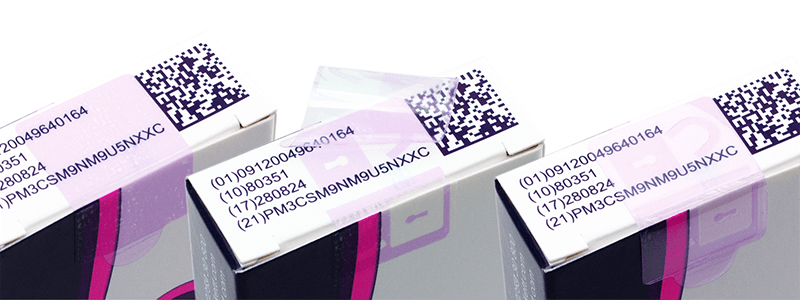
Example of a tamper-proof label with an opening effect: when opened, a lock is irreversibly visible.
Internet commerce allows unchecked goods to slip through
Now the patient has no way of checking the 2D codes, the physical safety features are also nonexistent or barely existent, and now the consumer or patient wants to access certain medicines quickly and anonymously.
They are unsecure. In fact, it is reported that 90% of all medicines sold online are counterfeit or faulty. This is well known and regulation is systematically ignoring it. Something like “those who buy illegally should be punished” … That can’t be it.
It is possible for patients to check the 2D code!!
The principle is simple. The unique identifier (UID), which is printed as a 2D code on each package, can be read by two different cloud systems:
– Firstly, the UID is read by the EU “PharmaHub” intended for the checking pharmacies, which the pharmacies use.
– And secondly, the same UID is available for an independent cloud application that provides patients with the relevant information. This clearly also includes the authenticity check and explanation of the safety features of the respective packaging.
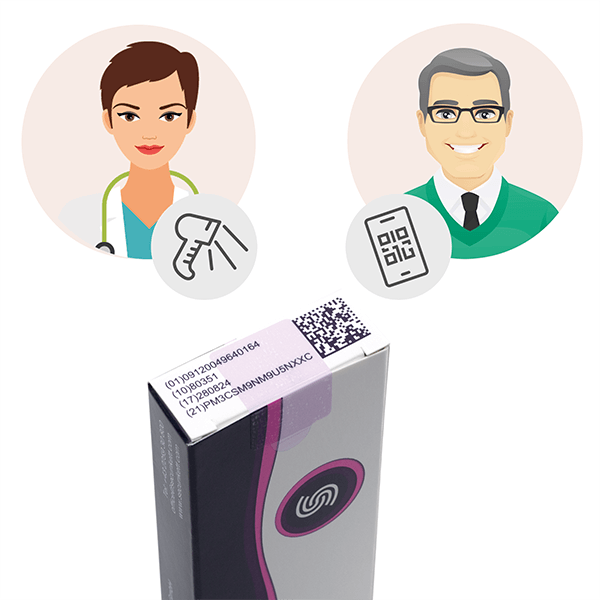
Pharmacists and patients alike should be able to
scan 2D codes on pharmaceutical packaging and verify the authenticity of medical products. This is already
technically feasible.
Such independent cloud services are in widespread use. They can always be found where manufacturers themselves are active in the fight against product fraud. Or where manufacturers want to establish a direct communication channel to consumers. Cloud services for product identification are subject to strict security guidelines. Numerous international standards deal with this. There is therefore nothing standing in the way of integrating independent cloud services into an EU-regulated 2D code.
The e-leaflet is coming
A rethink will have to take place at the latest with
the implementation of the electronic leaflet,
which can be multilingual or read aloud.
The 2D code could also be used for this, without
incurring additional printing and packaging costs.
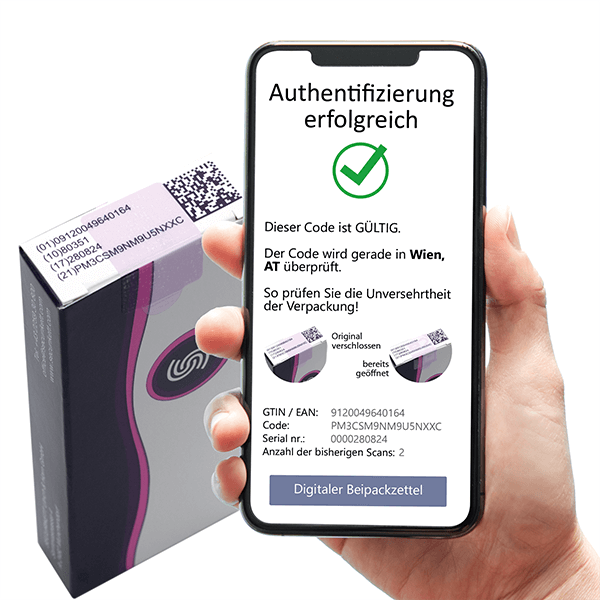
By scanning the code printed on the packaging, a response page is called up and a link to digital services, such as the e-leaflet, is established.
One unique identifier – many benefits – without further effort
The EU already stipulates that electronic applications should always use what is already available. Multiple UID use lends itself to this, through the coexistence of the “EU Pharmahub” with innovative and secure cloud services that involve patients. Anyone who can place an online order will also be able to complete an online check, right?

About the auther of the article
Dr. Marietta Ulrich-Horn
CEO of SECURIKETT Ulrich & Horn GmbH
As a delegate of the Austrian Standards Institute, she led the ISO 22381:2018 standard on the interoperability of UID-based authentication systems.











